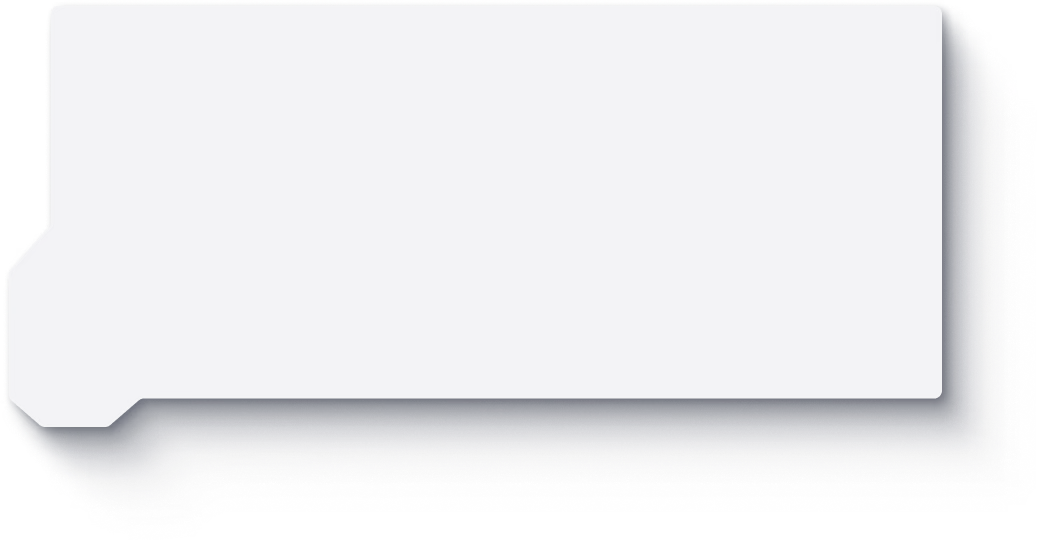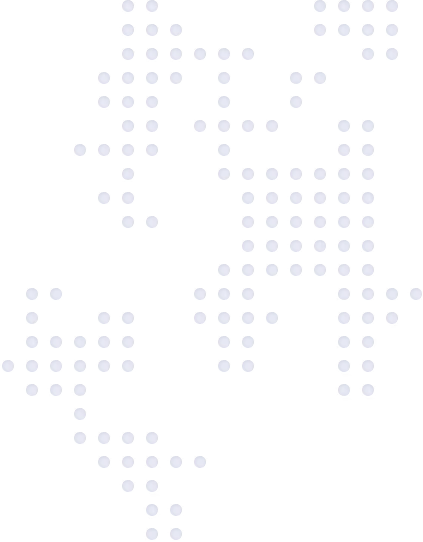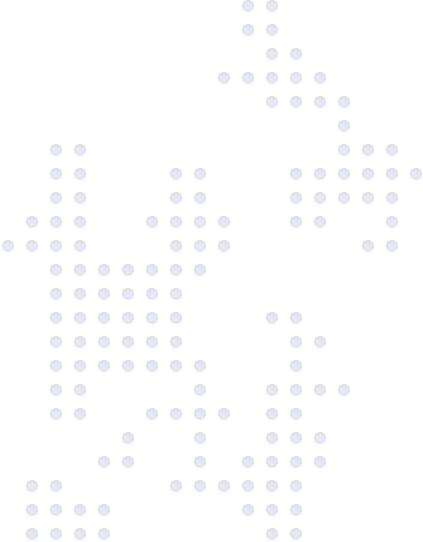Task Analysis
Task analysis is a systematic approach to understanding how users interact with a product or system to accomplish specific goals. It involves breaking down tasks into their component steps, identifying the cognitive processes and physical actions required, and examining the context in which the tasks are performed. By analyzing tasks in detail, researchers and designers can gain valuable insights into user behavior, pain points, and opportunities for improvement. Task analysis is widely used in various fields, including user experience (UX) design, human-computer interaction (HCI), and ergonomics, to inform the design of intuitive and efficient products and systems.
The process of task analysis typically begins with identifying the tasks that users need to perform to achieve their goals. This may involve observing users in real-world settings, conducting interviews, or reviewing existing documentation. Once the tasks have been identified, the next step is to break them down into smaller, more manageable steps. This decomposition process helps researchers understand the cognitive and physical demands of each task, as well as the order in which the steps are performed. Task analysis can be conducted at varying levels of detail, depending on the complexity of the tasks and the specific goals of the analysis.
One common technique used in task analysis is hierarchical task analysis (HTA), which involves organizing tasks into a hierarchical structure based on their relationship to each other. In HTA, the main task is broken down into subtasks, which are further divided into operations or actions. This hierarchical structure helps researchers identify dependencies between tasks and understand how changes in one part of the system may affect other parts. HTA can also be used to identify potential errors or breakdowns in the task flow and to develop training materials or job aids to support users in performing complex tasks.
Another important aspect of task analysis is understanding the context in which tasks are performed. This includes factors such as the physical environment, social interactions, and cognitive demands of the task. For example, a user performing a task in a noisy, distracting environment may have different cognitive and physical requirements than a user performing the same task in a quiet, focused setting. By considering the context of use, researchers can identify potential obstacles to task completion and design solutions that are tailored to the specific needs of the user and the environment.
Task analysis can also be used to evaluate the usability of existing products or systems. By observing users as they perform tasks and analyzing the steps they take, researchers can identify areas where the product or system is not meeting user needs or expectations. This information can then be used to inform design changes or to develop new features that better support user tasks and goals. Usability testing, which involves observing users as they perform tasks in a controlled environment, is a common method used in task analysis to gather data on user behavior and performance.
One of the key benefits of task analysis is its ability to inform the design process and ensure that products and systems are user-centered. By understanding how users think and act, designers can create interfaces and interactions that are intuitive, efficient, and effective. Task analysis can also help identify opportunities for automation or simplification, reducing the cognitive and physical demands on users and improving overall productivity and satisfaction.
Despite its many benefits, task analysis can be a time-consuming and resource-intensive process, particularly for complex systems or tasks. Additionally, task analysis relies heavily on user input and observation, which can be subject to bias or inaccuracies. To mitigate these challenges, researchers often use a combination of methods, such as interviews, surveys, and usability testing, to gather data from multiple sources and validate their findings. Regular updates and revisions to task analysis are also important to ensure that it remains relevant and accurate as products and systems evolve over time.
In conclusion, task analysis is a powerful tool for understanding user behavior and informing the design of intuitive and effective products and systems. By breaking down tasks into their component steps and analyzing the cognitive and physical demands of each step, researchers and designers can gain valuable insights into user needs and pain points. Task analysis can be applied throughout the design process, from initial research to usability testing and iterative refinement, to ensure that products and systems are user-centered and meet the needs of their target audiences. As technology continues to advance and user expectations continue to evolve, the importance of task analysis in creating seamless and engaging user experiences will only grow.









Ship faster.
Scale smarter.
Whether you’re migrating 1,000 blog posts website or rolling out a new e-commerce line, Flipico delivers enterprise-grade Digital experiences—on time, on budget, on point.










